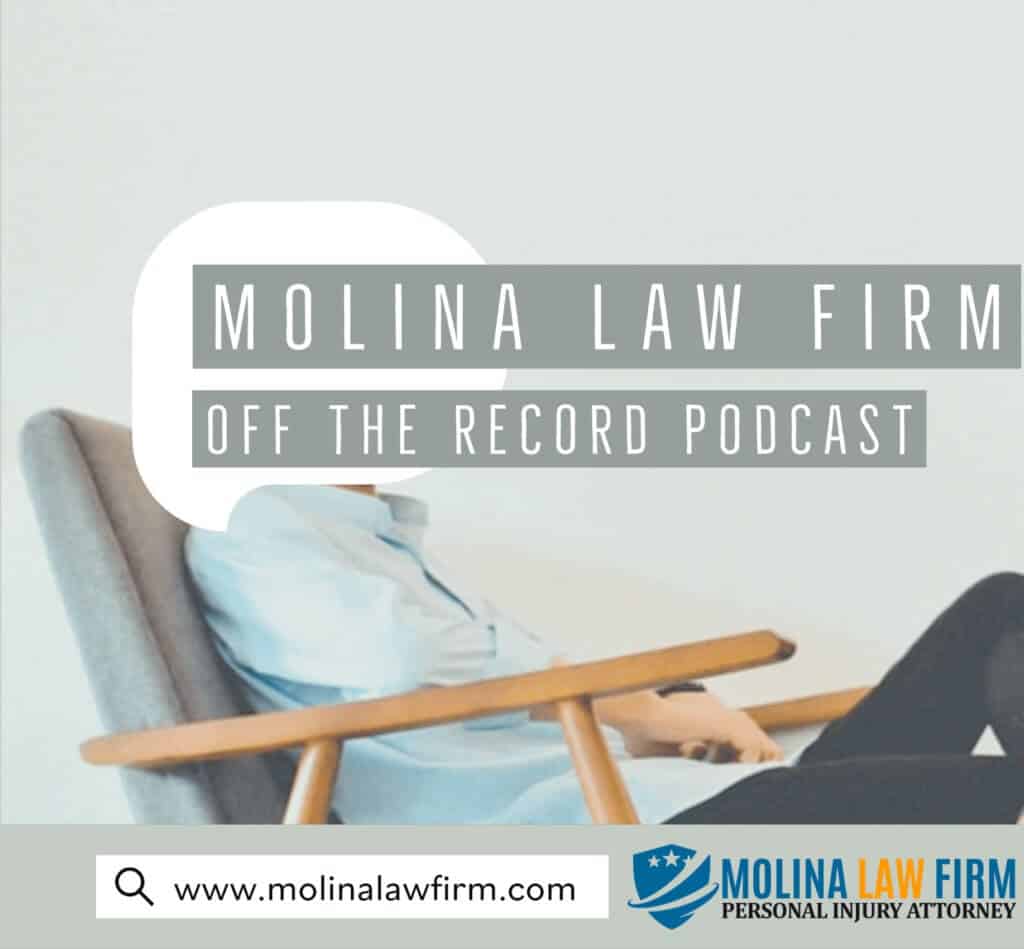
Did you know that wearing a seat belt can reduce the risk of death in a car accident by up to 45%? Seat belts are one of the most effective safety measures to protect yourself and your passengers while on the road. In Texas, seat belt laws are in place to ensure that everyone follows this life-saving practice. Understanding these laws is crucial to avoid fines and, more importantly, to promote safety on the roads.
Understanding Texas Seat Belt Requirements for All Ages
When it comes to ensuring the safety of everyone in your vehicle, understanding the seat belt requirements in Texas is crucial. These requirements vary based on the age of the passengers, and it is essential to comply with them to reduce the risk of injuries and accidents.
Starting with infants and toddlers, Texas law mandates that children under the age of two be secured in a rear-facing car seat. It is recommended to keep them in this position for as long as possible, following the manufacturer’s guidelines.
For children over two years old, they must be secured in a forward-facing car seat with a harness. This provides an added layer of protection and ensures their safety while traveling in a vehicle.
As children grow older, between the ages of four and eight, they must be secured in a booster seat. This helps position the seat belt properly across their bodies, reducing the risk of injuries in case of an accident.
Finally, once a child reaches the age of eight or a height of 4 feet 9 inches, they can transition to using the vehicle’s seat belt. However, it is crucial to ensure that the seat belt fits properly, with the lap belt positioned low across the hips and the shoulder belt crossing the chest and shoulder.
Texas Seat Belt Laws
It is important to understand these laws to ensure compliance and safety on Texas roads. Let’s begin by discussing the general seat belt rules for all passenger vehicles in Texas.
Seat Belt Rules for Passenger Vehicles
In Texas, the seat belt law requires all occupants in a vehicle to wear seat belts. This applies to both the driver and all passengers, regardless of age or seating position. Seat belts must be properly fastened and adjusted to fit snugly. Failure to comply with this law can result in fines and penalties.
Additionally, children who are younger than 8 years old or shorter than 4 feet 9 inches must be secured in a child safety seat or booster seat, according to the Texas Transportation Code.
It is important to note that the seat belt laws in Texas are primary enforcement laws, meaning that law enforcement officers can stop and ticket drivers solely for not wearing seat belts, without any other traffic violation taking place.
Now let’s explore an enhanced enforcement campaign aimed at increasing compliance with seat belt laws in Texas.
Enhanced Enforcement: Click It or Ticket Campaign
The Click It or Ticket campaign is a Texas initiative that aims to increase seat belt usage through increased enforcement, public awareness, and education. This campaign emphasizes the importance of wearing seat belts and highlights the risks and consequences of not buckling up.
During the Click It or Ticket campaign, law enforcement officers across Texas increase their efforts to enforce seat belt laws. They conduct seat belt checkpoints and patrols to ensure that drivers and passengers are wearing their seat belts. This enforcement period typically occurs during busy travel times and holidays when the risk of accidents is higher.
The objective of the Click It or Ticket campaign is to reduce fatalities and injuries resulting from unrestrained vehicle occupants. This initiative serves as a reminder of the importance of wearing seat belts and encourages all drivers and passengers to make buckling up a habit.
By promoting seat belt usage and enforcing seat belt laws, the Click It or Ticket campaign plays a significant role in enhancing road safety in Texas.
Dangers of Not Wearing A Seat Belt
Not wearing a seat belt can have severe consequences, putting your safety and life at risk. The statistics and data related to the increased dangers of not wearing a seat belt in accidents are alarming and highlight the importance of seat belt safety.
- Increased risk of injuries: In accidents, not wearing a seat belt significantly increases the chances of sustaining serious injuries. Seat belts are designed to restrain your body during sudden stops or collisions, preventing you from being thrown out of the vehicle or hitting hard surfaces inside the car.
- Higher risk of fatalities: Failing to wear a seat belt can be fatal. According to studies, the majority of vehicle occupants who die in accidents are not buckled up. In the event of a crash, the force exerted on an unbelted individual can be catastrophic, leading to fatal injuries.
- Impact on others: Not wearing a seat belt not only puts your own life in danger, but also the lives of others in the vehicle. Unrestrained passengers can become projectiles during a collision, endangering everyone in the car.
- Legal consequences: Apart from the inherent risks, not wearing a seat belt can have legal consequences. Many states, including Texas, have strict seat belt laws and impose fines for non-compliance. By not wearing a seat belt, you not only risk your safety but also face potential legal penalties.
- Setting a poor example: Your decision to not wear a seat belt can influence the behavior of others, especially children. By following seat belt safety practices yourself, you set a positive example and promote responsible habits among your passengers.
I Was Not Wearing A Seat Belt In My Accident. Can I Still Recover?
If you were involved in a car accident in Texas and were not wearing a seat belt at the time, you may still be able to file a personal injury claim. While Texas law requires the use of seat belts, failure to wear one does not automatically negate your right to seek compensation for your injuries. Importantly, if a judge or jury determines that you are 51% or more at fault for your accident, then in Texas, you receive no recovery.
When filing a claim without wearing a seat belt, there are several factors that can impact the outcome:
- Comparative negligence: Texas follows a modified comparative negligence rule, which means that if you were partially at fault for the accident due to not wearing a seat belt, your compensation may be reduced. However, if it is determined that the other party was primarily at fault, you may still be eligible for compensation.
- Injury causation: Even though not wearing a seat belt may have contributed to the severity of your injuries, it does not necessarily exclude your right to compensation. The court will consider various aspects, including the nature and extent of your injuries, medical records, and expert opinions.
- Evidence: Collecting evidence to support your claim is crucial. This may include medical records, statements from witnesses, accident reports, and photographs of the scene. Your attorney can guide you in gathering the necessary evidence to strengthen your case.
If you have been involved in an accident without wearing a seat belt and need legal assistance, contact Molina Law Firm at (281) 922-4300. Their team of dedicated professionals can provide the expert guidance you need to pursue your seat belt injury claim and seek the compensation you deserve.


